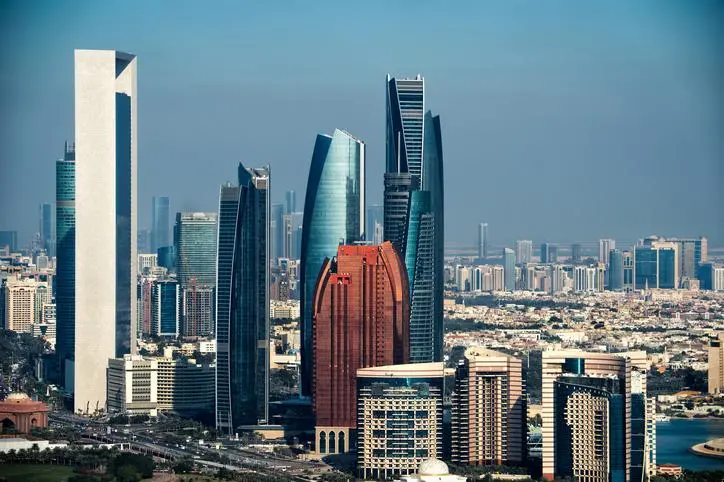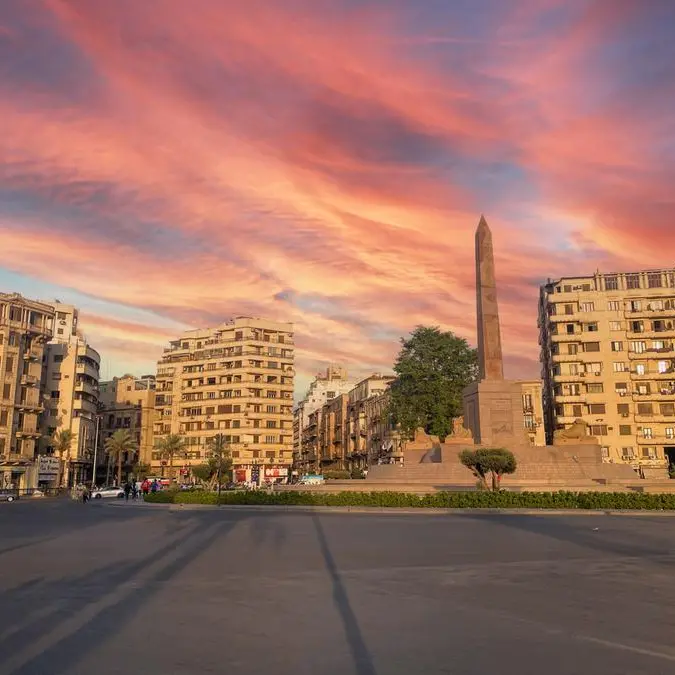PHOTO
In June the Abu Dhabi Executive Committee ratified a cut to the room and services tax from 6% to 3.5% and reduced municipality fees from 4% to 2%. The new levy charges came into effect on July 1.
The committee also approved a proposal to cut municipality fees for hotel rooms from Dh15 ($4) to Dh10 ($3) per night and changed the fee collection period from every month to every six months to make it easier for hoteliers to carry out their administrative responsibilities.
As well as reducing costs for guests, the recent changes are expected to boost hotel occupancy rates and room revenues, and in the long term attract more investors to new hotel and tourism projects, Mohamed Khalifa Al Mubarak, chairman of the Department of Culture and Tourism - Abu Dhabi (DCT - Abu Dhabi), said in a statement.
These efforts will be bolstered further by the UAE Cabinet’s waiving of visa fees for in-transit tourists staying in the UAE for 48 hours or less to encourage more hotel bookings and spending on tourism and retail offerings. Previously, the cost of such a visa was at least Dh200 ($54).
The Cabinet also approved a proposal to allow tourists to extend their stay by 96 hours for a fee of Dh50 ($14) and in mid-July lifted the tourist visa requirement for children under the age of 18 over the summer period, which could help sustain visitor numbers during what is traditionally the industry’s off season.
Hotel guests increase by 4.9%
The reforms are expected to further boost the performance of the emirate’s hospitality industry, which witnessed a significant increase in bookings in the first five months of this year and in 2017.
Hotel guest numbers rose by 4.9% year-on-year (y-o-y) between January and May to 2.1m, according to a recent report from the DCT - Abu Dhabi. The increase in bookings saw occupancy rates for the emirate’s 31,236 rooms average 75% for the period, up 1.4% y-o-y.
Guests also stayed longer, with the average length of stay rising to 2.7 nights, representing a 2.4% y-o-y increase. The results build on near double-digit increases in 2017, when guest stays rose by 9.8% to a record 4.9m.
The highest number of overseas visitors in January-May came from China and India, two of the emirate’s key source markets. Chinese guests increased by 19.9% y-o-y to 192,500, while hotel check-ins by Indians jumped by 22.2% to 119,900.
Nevertheless, domestic tourism continued to be the main driving force for the hotel segment, accounting for just over 1.5m stays, an increase of 7.9% y-o-y.
New cultural and leisure attractions come on-line
The positive performance comes on the back of growth in the emirate’s portfolio of cultural, entertainment and leisure attractions, such as the $1bn Louvre Abu Dhabi, which led to a spike in arrivals and hotel bookings in the month following its opening in November last year, with guest numbers up 17.6% y-o-y.
A sustained pipeline of mega-projects coming on-line this year and over the next five years is also expected to help sustain tourist numbers, which should in turn support DCT - Abu Dhabi’s target of achieving visitor growth of 11% per year to hit 8.5m by 2021.
These projects include offerings in the leisure and luxury tourism segments, such as the $1bn Warner Brothers Abu Dhabi theme park, which opened in late July, the Jumeirah at Saadiyat Island Resort, due to open its doors in November, and further down the line, the marine life theme park SeaWorld Abu Dhabi, scheduled for completion in 2022.
© Oxford Business Group 2018











